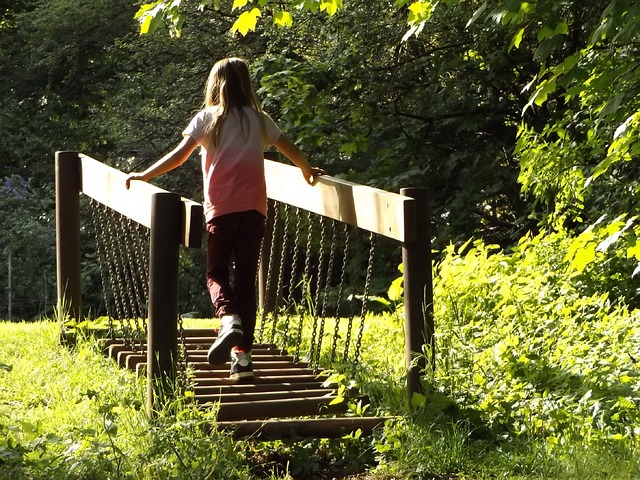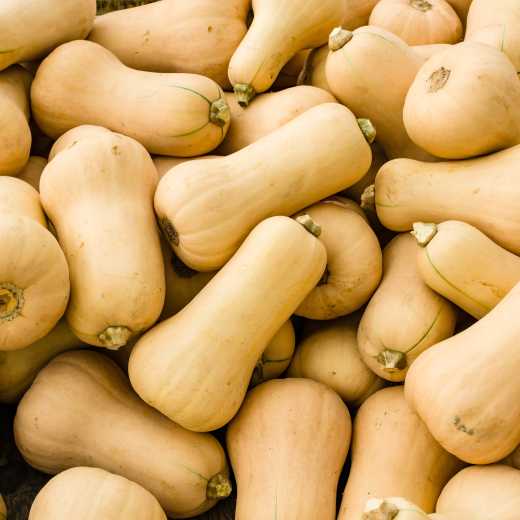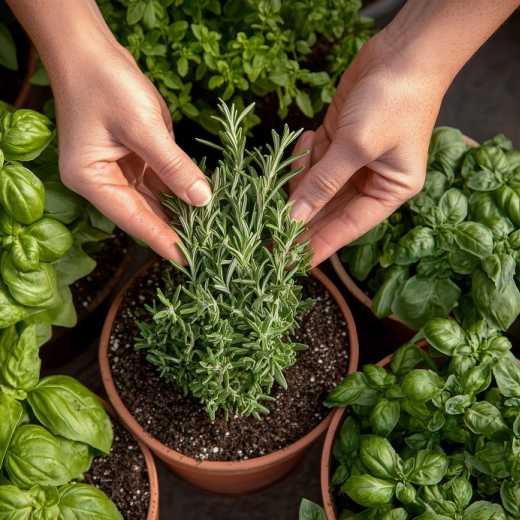Plant Oregon With Nature Playgrounds
PLANT OREGON WITH NATURE PLAYGROUNDS
I am the 2019-2021 Oregon State Federation of Garden Clubs president. My theme is “Kids, Community and Creativity." My special Project is “Plant Oregon with Nature Playgrounds."
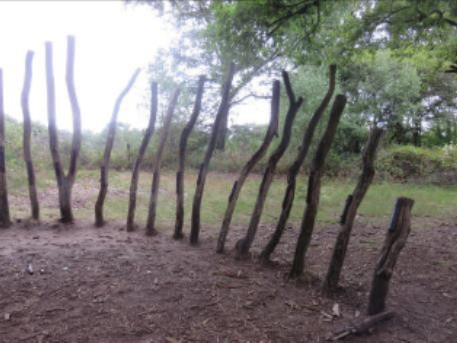
When Sandy Robinson, our National President from 2013-2015, visited us I was so inspired by her speech about kids not getting their hands dirty anymore and spending too much time on their devices I made a note of the name of the book she was talking about. When I found the note a couple of months later I bought the book: Richard Louv’s “Last Child in the Woods” Saving our Children from Nature Deficit Disorder.
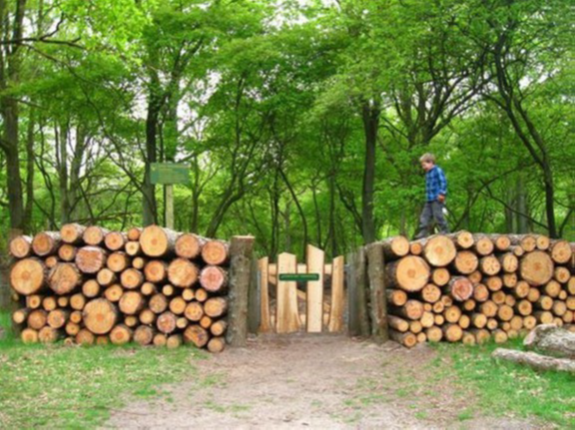
Richard Louv convinced me that this was a real social problem. The book talked about the concept of “Nature Playgrounds." I once visited a fun place in Holland with my kids that wasn’t a Nature Playground. When I tried to find some information about it I found many web sites that showed Nature Playgrounds in Holland; they have hundreds of them! So when my husband and I visited there in the summer of 2018 we visited a few of these playgrounds.
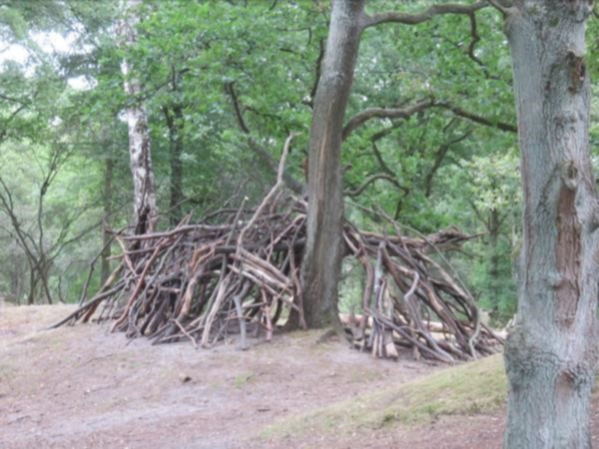
They are all different, but all inspiring youth to explore, use their imagination, learn to become more self-assured and healthy.
There is a long list of advantages of Nature Play areas.
Some of them are:
Healthier: It has been proven that children who play outside with branches, water and natural objects have a better immune system.
Less Obese: Being active outside, running and jumping makes the children less obese.
Mentally Healthier: In a natural setting children become more resistant to stress, a lower incidence of behavioral disorders, anxiety or depression.
Imagination: Playing with natural objects gives children a chance to play in more imaginative and creative ways. Their language improves. In a natural setting children learn to collaborate.
Less Bullying: In such a diverse natural setting bullying is greatly reduced.
Reduced ADD: Symptoms of ADD are reduced in a natural setting.
More Confidence: Learning how to navigate challenging spaces children will become more confident and self-assured.
Interest in Natural Sciences: If children do not get the chance to explore, experiment and figure how things work in the natural world they will not be interested in Natural Sciences when they grow up.
Children need contact with Nature!
I asked the clubs in Oregon to work on my special project, Nature Playgrounds, by doing their own research and finding similar parks in their neighborhood. Then at the end of my first year we will put together a power point of Oregon Nature Playgrounds. And in the second year we will contact the schools and parks and any organization interested in the concept and promote building these parks.
Sometimes people say to me “We live in Oregon; we do not need these parks. There is nature all around us”. I live in rural Oregon and have worked with youngsters from High school planting flowers in the downtown planters and they will tell us: “This is fun! I have never done anything like this before, never dug in the dirt…”
So yes, even in Oregon it is important.
When I talk to groups about this special project older people always start remembering all the good times they had playing outside when they were kids. So now when I explain to people about what I am talking about I just say: “Play outside like we used to in the old days”.
I really think this project should be: “Plant America with Nature Playgrounds”.
If you want to learn more check Richard Louv’s web site at: https://www.childrenandnature.org/
Tanja Swanson, President Oregon State Federation of Garden Clubs, Inc.
Photography by Tanja Swanson

 Member Login
Member Login


